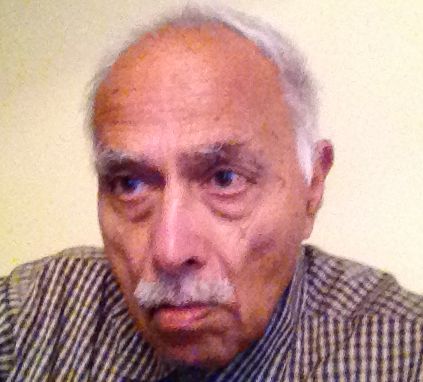
Dr. Anand - an unholy person born in 1932 in the holy town of Nankana Sahib, central Punjab. A lawyer father, a doctor mother. Peripatetic childhood - almost gypsy style. Many schools. Many friends, ranging from a cobbler's son (poorly shod as the proverb goes) to a judge's son. MB From Glancy (now Government) Medical College Amritsar, 1958. Comet 4 to Heathrow, 1960.
Long retired. Widower. A son and a daughter, their spouses, five grandchildren, two hens (impartially, one black, one white) keeping an eye on me as I stand still and the world goes by.
In 1947, I was a student at DAV College, Lahore. It stood fairly close to the Zamzama Gun, an artillery piece cast before Maharaja Ranjit Singh created the Khalsa Empire. An empire, which, despite the word Khalsa, was as non-communal as any. In fact, Ranjit Singh's youngest or junior most Maharani was a Muslim.
Before Ranjit Singh consolidated his hold on the Trans-Sutlej Punjab, the gun was in the ownership of the Bhangi Missal (sect). They were Jat Sikhs, reputedly fond of Cannabis indica. The Punjabi name of the gun was Bhangian di tope (The cannon of the Bhangis.)
It was commonly believed that whosoever held possession of the Zamzama would hold the Punjab. It had the longest range of any then in service in the sub-continent. When the East India Company defeated the Khalsa, they displayed the gun in Lahore.